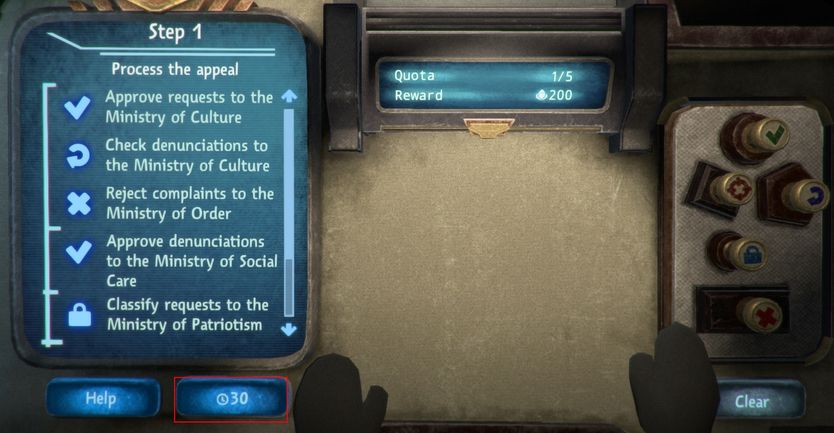
stamp shows us that one of the museums used this fine art packing company and frame makers to pack and transport this work of art.ġ852 Ophelia exhibited at the Royal Academy. A Walker Art Gallery, Liverpool label which relates to the 1967 exhibition which began in London at The Royal Academy, the stamp for which can also be seen. There is a City of Birmingham Museum and Art Gallery stamp. which indicates one of Ophelia’s original owners. We can also see a darkened label with the words: ‘Farrer, H., Wardour Street, Soho “Ophelia”, By J. Beside this there is the original purchase stamp of the canvas from Charles Roberson & Company.

We can see the painting appeared in the 1898 Royal Academy Winter Exhibition. The Tate Gallery was originally part of the National Gallery although in a separate building at Millbank.

We can see that it used to be the property of the National Gallery. When a painting is loaned to other galleries often a stamp is attached to the back of the canvas. The back of the painting can also show us the history of where the painting has travelled and who owned it. Researchers were able to trace the archives of Charles Roberson and find out how much Millais paid for the canvases and when he bought them. In the photograph above, we can see the trademark stamp of Charles Roberson, the colourman who Millais bought his canvas from. The back canvas layer of Ophelia was removed when the painting was lined in 1967, and the canvas and the information on it were closely recorded and preserved. Millais’s greens were mixed greens of chrome yellow and Prussian blue, possibly from a tube of green paint.īy looking at the back of a painting, you can learn a lot about its history. He used: lead white, zinc white, ultramarine ash, vermilion, chromium oxide, zinc yellow, chrome yellow, cobalt blue, Prussian blue, burnt sienna, Naples yellow, madder lake, ivory black and bone black. Some of the new colours he used came about by the advances of modern chemistry. Millais had a wide choice of pigments that came from minerals, precious stones, rocks, vegetables, insects and plants. New pigments were developed throughout the nineteenth century. Millais was able to buy tubes of paint mixed by art material dealers that he could use straight away. In order to make the most of the bright white ground, he would mix colours as little as possible so that they remained pure, and apply the paint in single layers. He would then be working on a ‘wet white ground,’ and he would finish this area in detail while other parts of the canvas were still bare. It is possible that at the beginning of each day Millais would mark out the area to be painted that day by covering it with white paint. He then painted a layer of zinc white to make the canvas even brighter. Millais used lead white paint as a ground. This means they were covered with a glue solution and a ground. The second canvas was used to cover the back of the painting to protect it.īoth canvasses were primed. This type of painting, with two canvasses on a single stretcher (a wooden frame), one directly under the other, was sold by Roberson’s as a double canvas. Millais bought two pieces of canvas for Ophelia from the art materials dealer Mr Charles Roberson on 7 June 1851 for 15 shillings. Millais’s Ophelia was more detailed than what photography was able to achieve at this time and was a unique way of representing the natural world. Photos were not as clear as they are today however. Photography was invented in 1839, twelve years before Millais painted Ophelia. Millais’s son John wrote that his father’s flowers were so realistic that a professor teaching botany, who was unable to take a class of students into the country, took them to see the flowers in the painting Ophelia, as they were as instructive as nature itself.
Beholder 2 12th floor step 2 stamps full#
The flowers are painted from real, individual flowers and Millais shows the dead and broken leaves as well as the flowers in full bloom.

Millais always painted directly from nature itself with great attention to detail. Because he painted the river scene over a period of five months, flowers that bloom at different times of the year appear next to each other. Millais saw these flowers growing wild by the river in Ewell. Most of the flowers in Ophelia are included either because they are mentioned in the play, or for their symbolic value.


 0 kommentar(er)
0 kommentar(er)
